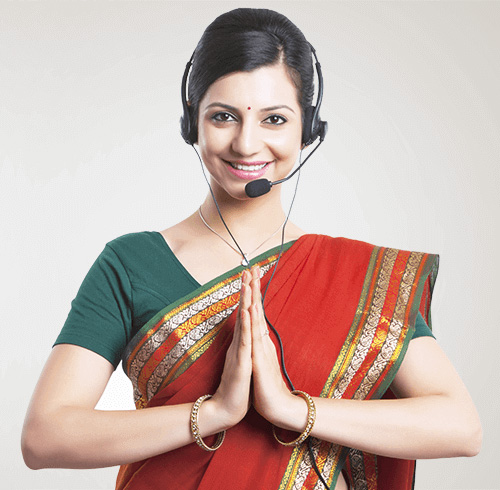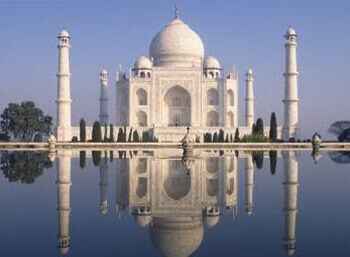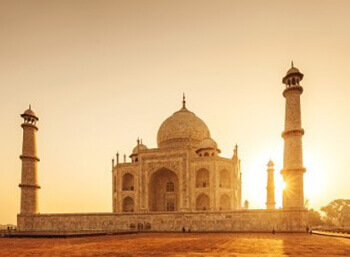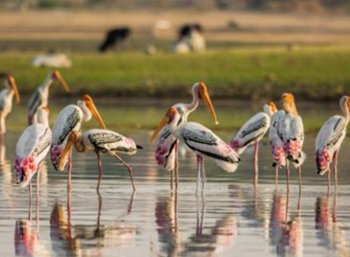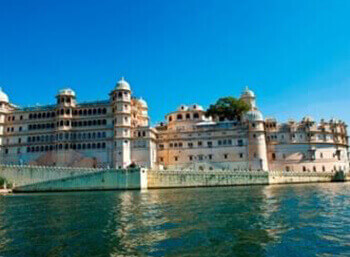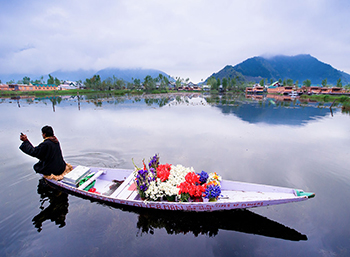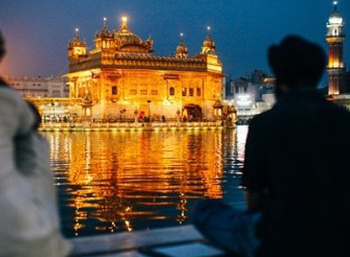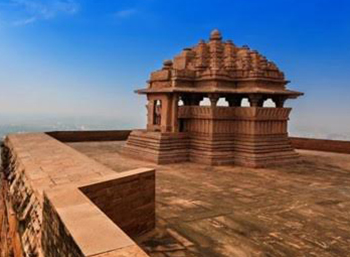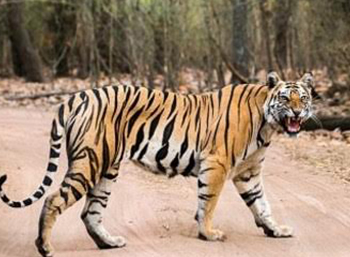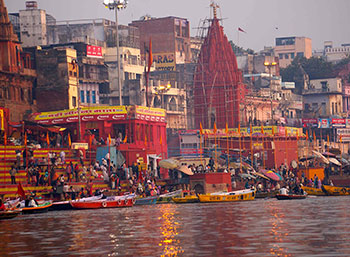Tourism in Jaipur
City Palace
One of the historic architectural heritage of Jaipur city is City Palace which gives a holistic experience to the International and domestic tourist. City Palace is an overwhelming complex of exquisite palaces, gardens and courtyards, decorative art and carved doorways.
The palace structures within the city palace complex of Jaipur comprise of the Badal Mahal, the seven storied Chandra Mahal with highly ornamented interiors and the Sarvato Bhadra constructed during Sawai Jai Singh’s reign (1700-1743). Later additions include the Pritam Niwas by Sawai Pratap Singh (1778-1803), Diwan-i-Am, constructed in the 18th century under Sawai Madho Singh I (1751-1768) or Sawai Pratap Singh (1778 – 1803) and Mubarak Mahal by Sawai Madho Singh II (1880-1922) in 1896 for use by royal guests.
City Palace one of the major tourist attraction fascinated by marvelous architecture of Mughal and Rajput and European style of architecture is a official residence of Maharaja of Jaipur and Royal family resides in Chandra Mahal. Since 1959, The palace is opened to the General public and International visitor’s as a museum.
History of City Palace
In 1727, Maharaja Sawai Jai Singh II, shifted their capital from Amber to Jaipur and from 1729-32, the city palace was built.
Places to see
Udail Pol also named as Atish Pol is the main entrance for tourists is a grand gateway with rich decorations. The other entrance, Tripolia Gate is reserved for royal family and the third entrance is Virendra Pol, is close to the Mubarak Mahal. Once we enter there is central courtyard called Mubarak Mahal (Mubarak is a urdu word means auspicious). So Mubarak Mahal is auspicious palace which has reception center made in the 19th centuary by Maharaja Madho Singh II and a museum displaying textiles and costumes used by the royalty in the past which includes fine Pashmina shawls, Benaras silk sarees, sanganeri prints and folk embroidery.
Next to Mubarak Mahal is Sarvato Bhadra, Diwan-i-Khas of the palace, the Hall of Private Audience, here the Maharaja meet his ministers, official guests and other important people. Visitors can find two big silver jars, called Gangajali, each has a weight of 345 kg, height 5’3″, circumference of 14’10″ and a volume of 900 imperial gallons or 4091 liters, used for keeping the sacred water of the river Ganges, called Gangajal. During 1894-96, in a period of 2 years, these Gangajali was made by melting 14,000 silver coins into sheets of silver. Then a wooden mold was made over which the sheets were beaten into the shape of a jar. Tourists get easily attracted towards them and get amazed to know that there is no soldering done while preparing these jars.
Diwan-i-Khas
is a square courtyard, open at all four sides with beautiful arches and chandeliers making it a truly special place.
Clock Tower
The palace has an iconic clock tower which can be seen from a distance from many places in the city.
Sabha Niwas or Diwan-i-Am or The Hall of Public Audiences is an art gallery, displaying rare handwritten manuscripts, paintings, Kashmiri shawls and carpets.
Visitors can move to Ridhi Sidhi Pol which is a four-storied grand gateway that leads to the Pritam Niwas Chowk.
Pritam Niwas Chowk
Pritam Niwas Chowk is again a rectangular courtyard between Sarvato Bhadra and Chandra Mahal. It has four beautiful doorways representing the four seasons. Peacock Gate, representing autumn, Lotus Gate representing summer, Green gate representing spring and the Rose Gate representing the winter season. The gates typically have gokhdas (sitting spaces) on either side of the entrance. The openings are often characterized by the use of cusped, trefoil or pointed arches with rectangular or chhatri (vaulted dome) type framing, flanked with lotus columns.
Chandra Mahal
is seven-storied palace used as the residence by the royal family. Inside the Chandra Mahal, there are palaces like Sukh Niwas, the living room, Sri Niwas the Mirror Palace, Chavvi Niwas, the Blue Palace and Shobha Niwas, the Ceremonial Hall. The flag of the Maharaja flies on top of the palace. It indicates that the king is in the palace. When the king is away, the queen’s flag is hoisted.
Location
TIME TO VISIT / ENTRANCE FEE
Open : Daily
Entery fee : Adult: 300 INR Foreigner , Adult: 35 INR Indian
Opening Time : 09:00 AM Closing Time : 05:00 PM
Closed on public holidays : No
